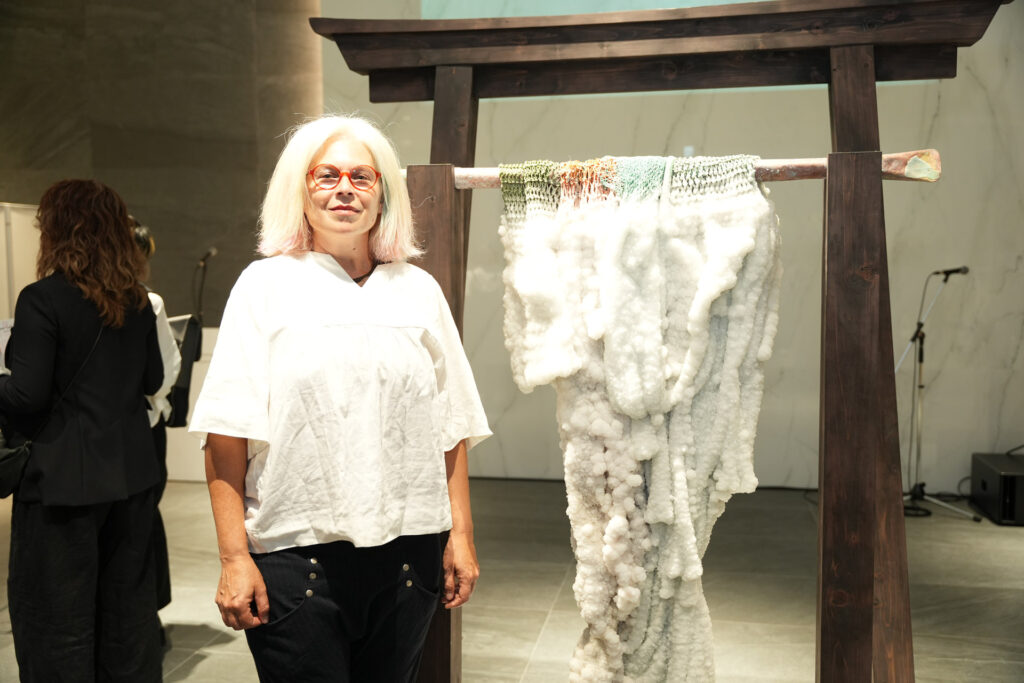Sigalit Landau: ‘When I Go,’ an Installation Born in the Waters of the Dead Sea, Premieres in Osaka
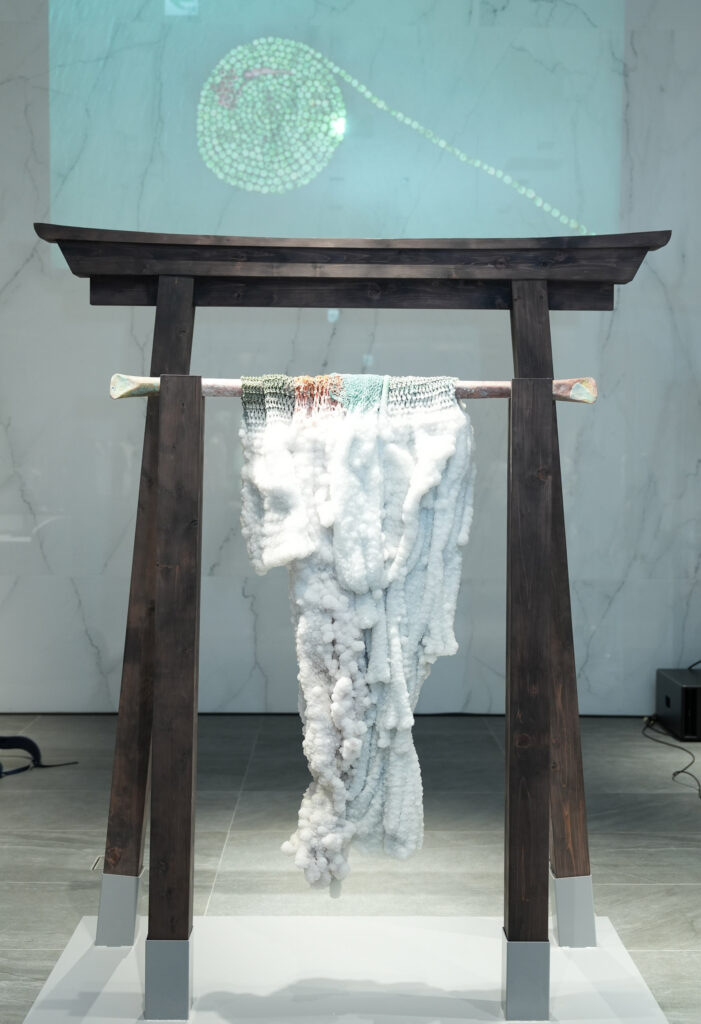
One of Israel’s most renowned contemporary artists, Sigalit Landau, is exhibiting her work at “Osaka Art & Design 2025”. When I Go, created in the salt-rich waters of the Dead Sea—the lowest point on Earth—is being shown in Osaka for the first time.
Art Rooted in the Dead Sea, a Source of Inspiration
“Osaka Art & Design 2025” is a citywide art and design event where visitors can encounter creative works across different neighborhoods while exploring the streets of Osaka. The entire city becomes a kind of open-air museum, where guests can view and experience art, furniture, fashion, and more—and even purchase pieces they fall in love with on the spot.
Israel has long been home to many internationally acclaimed artists. Cultural pluralism lies at the heart of Israel’s identity, and its art scene—ranging from the traditional to the contemporary—reflects the complexity of its society. In this open, freely accessible art and design event, how will that richness be conveyed to visitors?
For Landau, the Dead Sea is a constant source of inspiration, joy, and sorrow. The exhibition, beyond the installation itself, also presents sculptures, films, and photographs that explore themes of “collection,” “exploration,” and “ritual.”
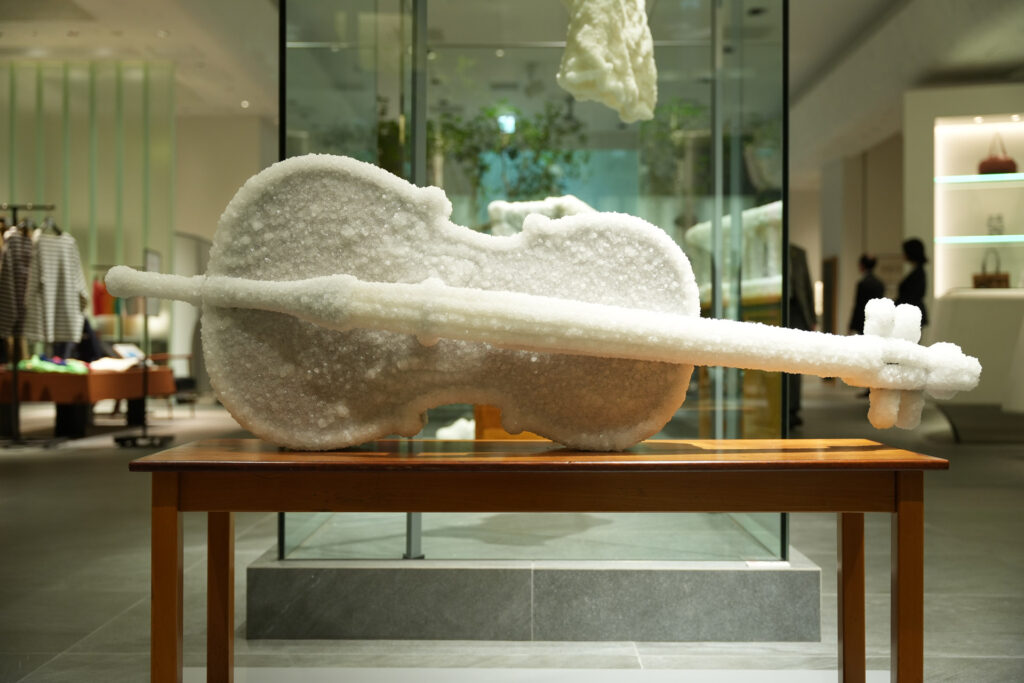
Art That Invites Deep Reflection
On June 5, an opening reception for the work was held, welcoming over 50 industry professionals. The event showcased the installation and included a talk session with art director hideya, during which Landau spoke about the inspiration and story behind her work.
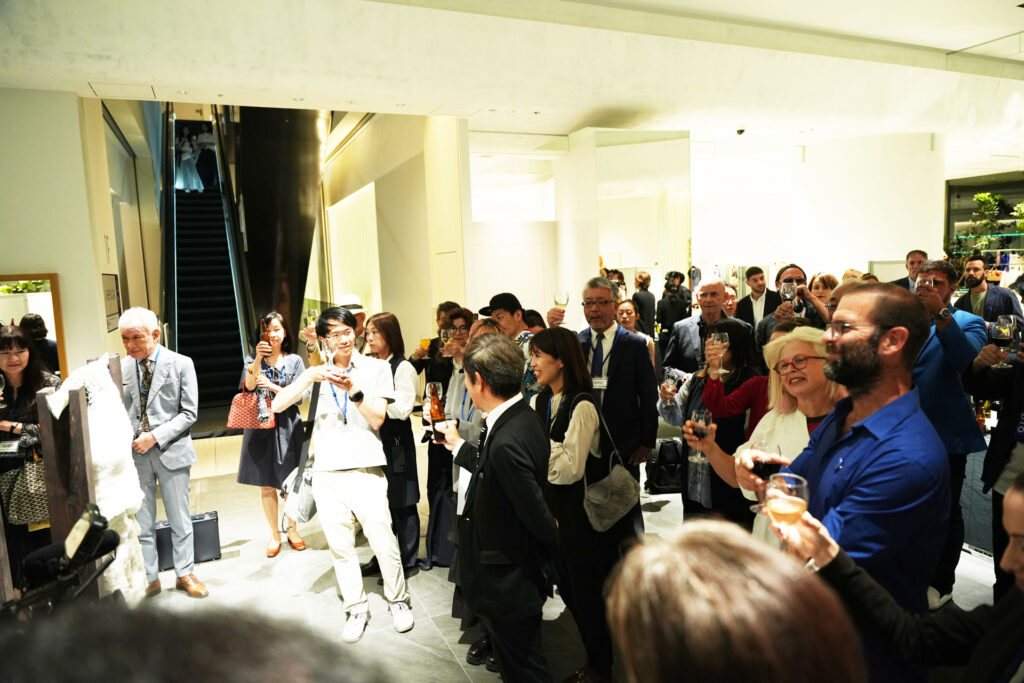
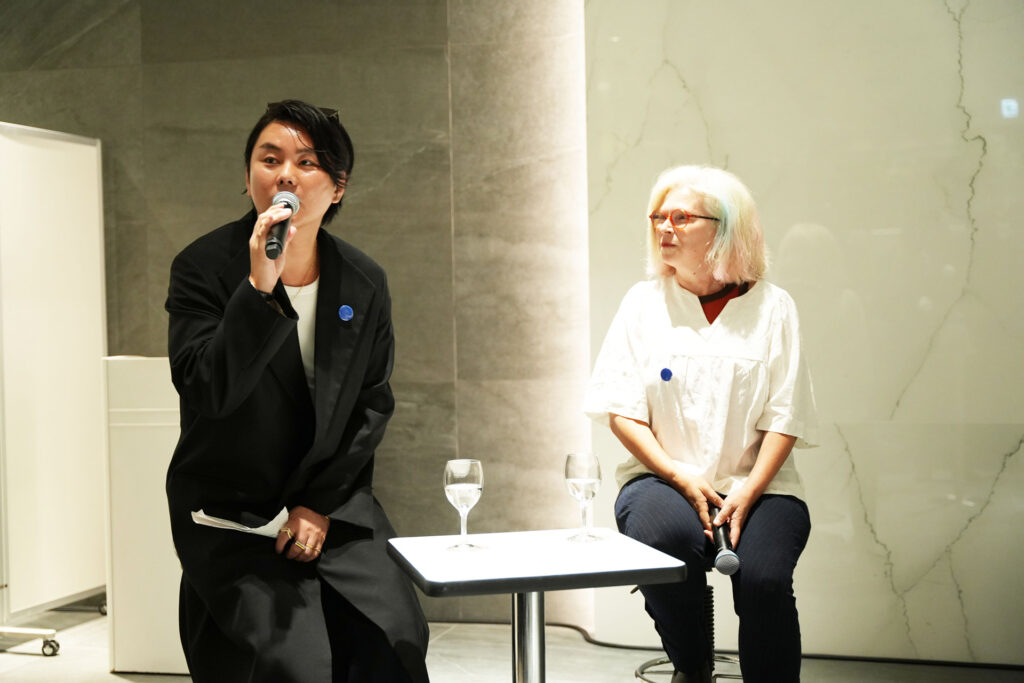
“‘When I Go’ depicts the sediment, tension, and dissonance that exist between personal dreams and collective narratives. Drawn to the beauty of this land, yet confronted with what lies beneath that beauty—inner conflicts and external struggles coexist here. Through the lenses of cultural memory, transformation, and the urgent pace of environmental destruction, ‘When I Go’ challenges viewers to reflect deeply. It asks us to consider the ties between culture and place, land and identity, borders and mutual reliance. I hope it serves as a catalyst for such reflection.”
From Gilad Cohen, Ambassador of Israel to Japan: “Her remarkable work, formed by the salt of the Dead Sea and the spirit of the natural world, profoundly showcases a part of Israel’s creativity and rich culture. I hope many will connect with the pulse of her creativity through ‘When I Go.’ I also look forward to further collaborations that highlight the unique and vibrant cultures of Israel and Japan.”
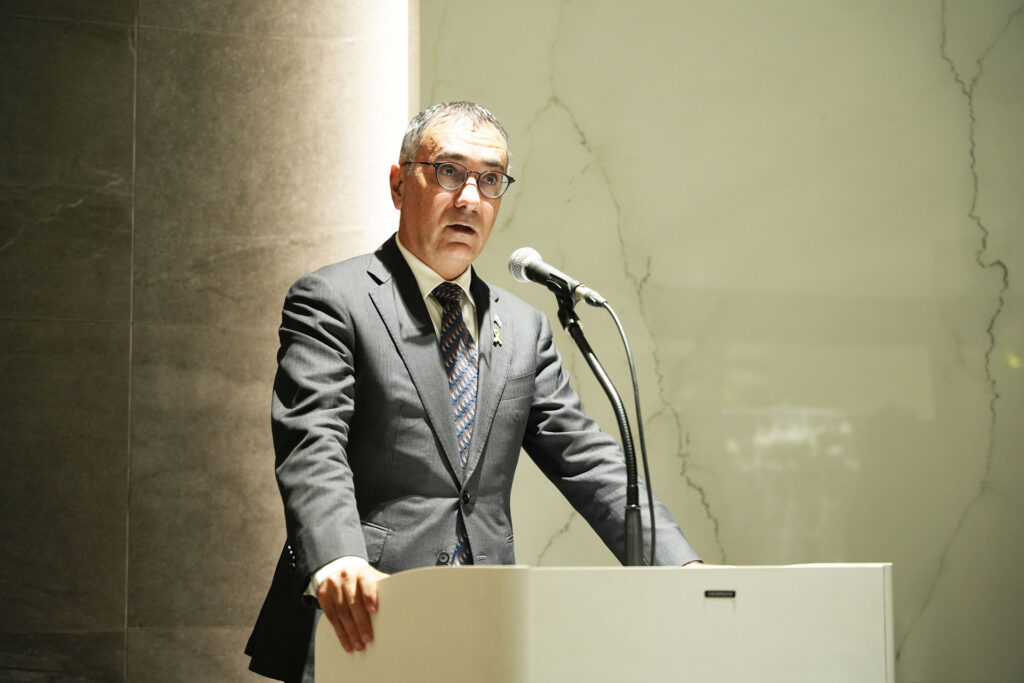
Israel and Japan: Strengthening Ties Through Culture
This exhibition is conducted as part of the Israel Pavilion’s program at Expo 2025 Osaka Kansai. The Expo in Japan serves as an occasion to reaffirm the close relationship between Israel and Japan and to introduce Israel’s diverse and rich culture, highlighted by its cutting-edge artistic expressions.
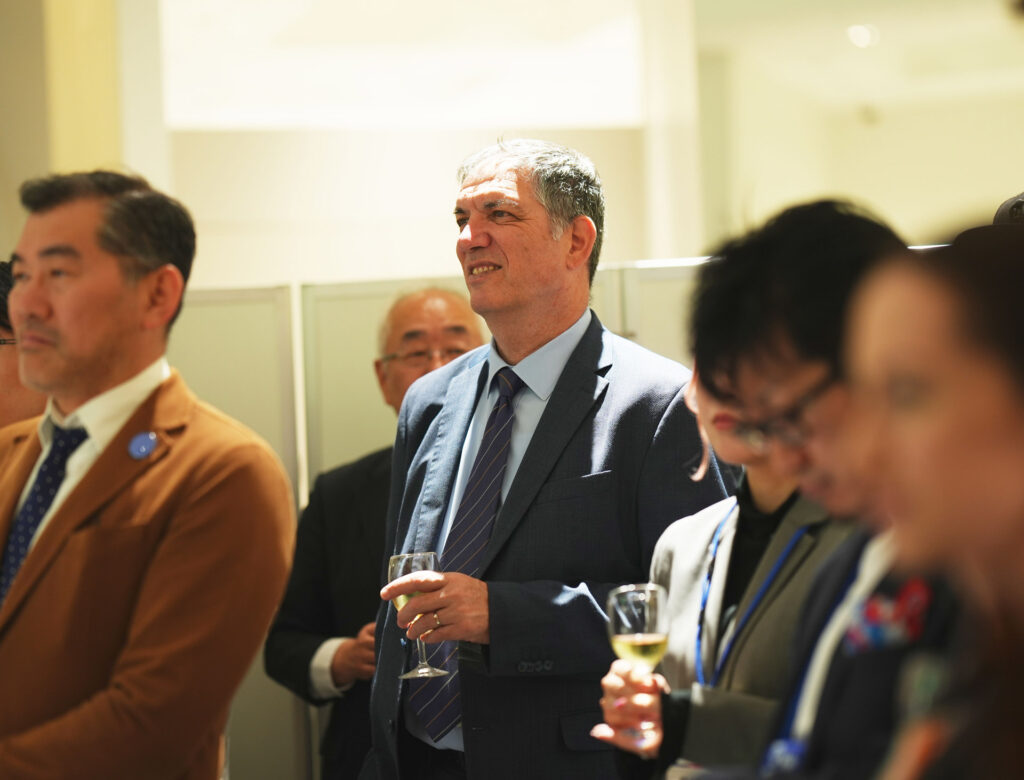
The Israel Pavilion plans to hold ongoing cultural events that allow visitors to immerse themselves in the dynamic and diverse culture of Israel. In addition to the current art exhibition, additional upcoming programs—including dance performances and film screenings—offer opportunities to engage more deeply with Israeli culture.
By connecting through culture, we deepen our understanding of each other and showcase diverse collaborations to the world. Israel and Japan, united beyond borders, are moving forward to build a richer future together.
Sigalit Landau — Profile
Born in Jerusalem in 1969, Sigalit Landau is an Israeli artist based in Tel Aviv. Through works that fuse physicality with poetic sensibility, she explores themes such as political history and borders, the body, memory, the fragility of human relationships, and the sense of displacement.
In 2008, she presented Project 87 at the Museum of Modern Art (MoMA) in New York. In 2011, she held a solo exhibition at the Israel Pavilion during the Venice Biennale. Her work was first introduced to Japan in 2001 at the exhibition Contemporary Israeli Art held at the Saitama Prefectural Museum of Modern Art.
At the 2011 Yokohama Triennale, she gained significant attention with the video work DeadSee (2005), featuring her own figure floating in the Dead Sea surrounded by 500 watermelons, as well as a series of sculptures coated with salt crystals on barbed wire.
In 2014, she held her first solo exhibition in Japan at the Ginza Maison Hermès Forum.
